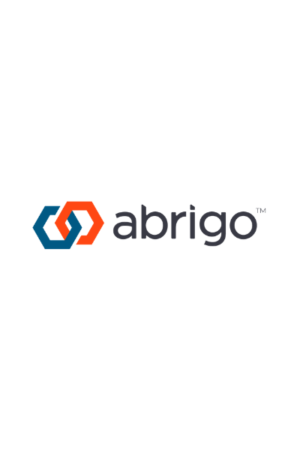Definition and Concept of Probability of Default
Probability of Default (PD) refers to the likelihood that a borrower, whether an individual or institution, will fail to meet debt obligations within a specified time period–typically one year. PD is a core component of credit risk assessment and plays a pivotal role in determining loan terms, capital requirements, and pricing. In practice, lenders use PD to estimate expected losses and to comply with regulatory frameworks like Basel III.
Factors Influencing Probability of Default
Several key variables influence a borrower’s probability of default. Common factors include:
- Credit scores and credit ratings
Strong indicators of a borrower’s creditworthiness. - Financial health
Metrics such as debt-to-income ratio, liquidity, and cash flow. - Macroeconomic conditions
Interest rates, unemployment, and inflation can all affect default likelihood. - Industry and geographic risk
Borrowers in volatile sectors or regions may carry higher PD.
Understanding these variables helps lenders refine credit models and proactively manage portfolio risk. Probability of Default/Loss Given Default analysis is a method used by generally larger institutions to calculate expected loss. A probability of default (PD) is already assigned to a specific risk measure, per guidance, and represents the percentage expected to default, measured most frequently by assessing past dues. Loss given default (LGD) measures the expected loss, net of any recoveries, expressed as a percentage and will be unique to the industry or segment.



